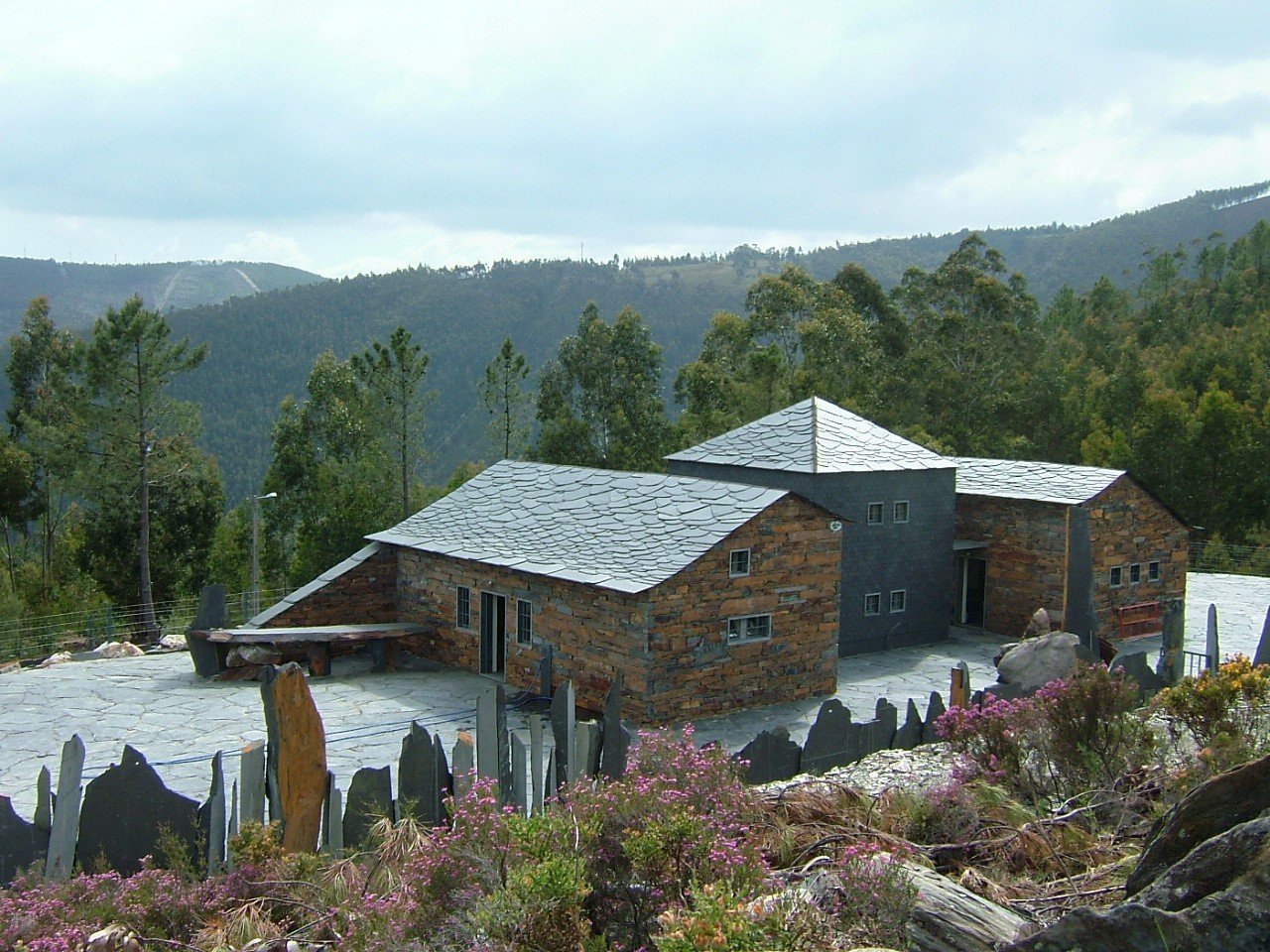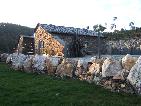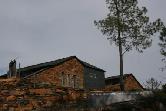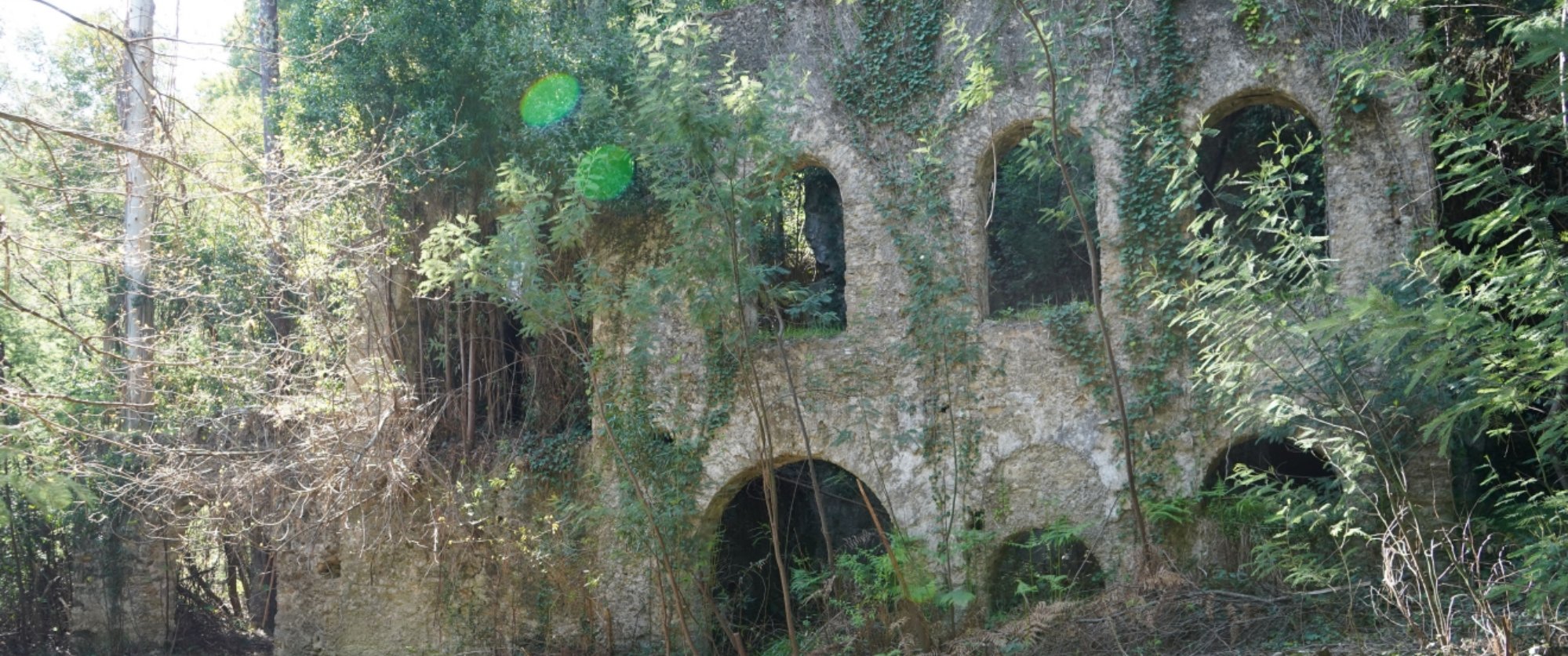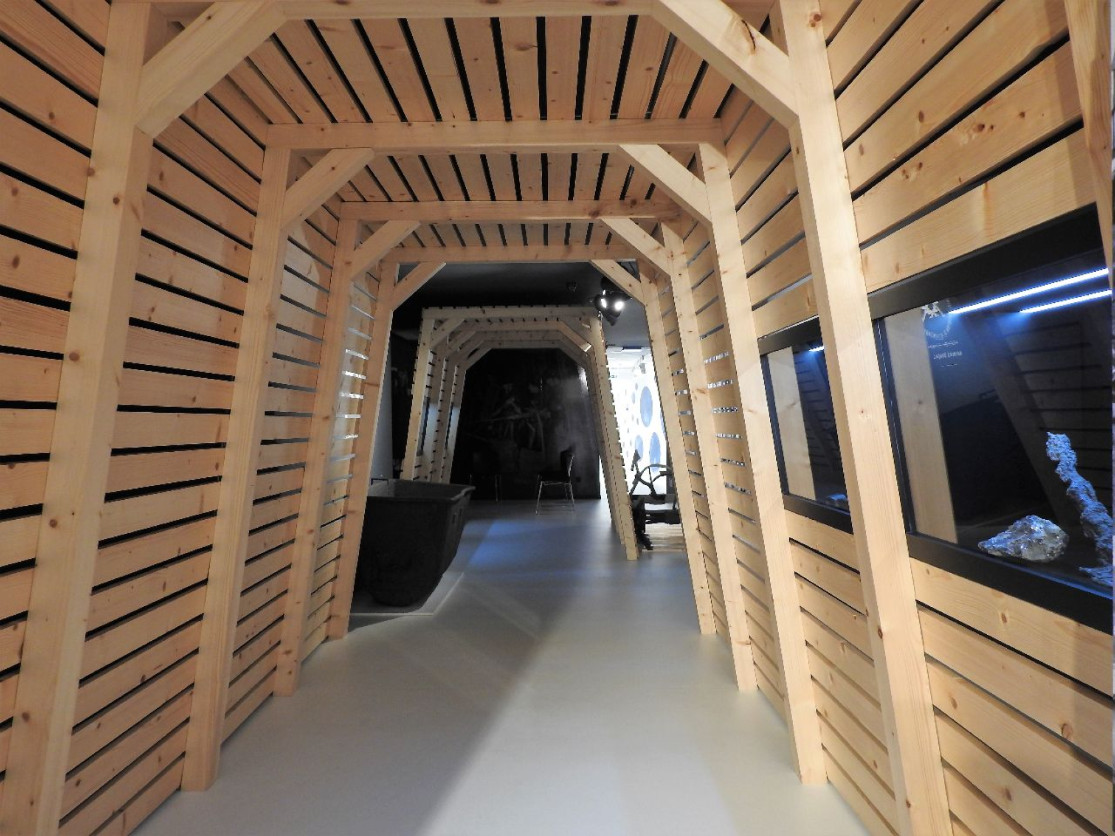Museum of the Giant Trilobites, Arouca
The fossils collection of the Trilobites Museum, also known as the Geological Interpretation of Canelas Center (CIGC), is a geosite with international relevance. Open to the public since 1 of July, 2006, in the parish of Canelas, is located in the vicinity of "Pedreira do Valério" (Valério quarry). CIGC has a diverse and singular collection of fossils, collected in the quarry and surroudings, with trilobites, bivalves, rostroconchia, gastropods, cephalopods, brachiopods, crinoids, cystoids, hyolithids, conularies, ostracodes, graptolites and ichnofossils. Here, the collection of trilobites (with 465 million years - Ordovician Period) deserves particular mention, where, in addition to the scientific exceptionality of the specimens exhibited, many of them have the largest dimensions in the world.
CHARACTERISTICS
City: Arouca
Postal Code: 4540 - 252
Telephone: 917766141
Email: geral@museudastrilobites.pt
Website: http://museudastrilobites.pt/
tuesday, wednesday, thursday, friday
From 12:00:00 to -.
From 17:00:00 to -.
Weekend and Holidays Schedule:
From 00:00:00 to 00:00:00.
From 14:30:00 to 17:30:00.
Exceptions:
- Visits schedule by appointment and availability. Contact 917 766 141 or geral@museudastrilobites.pt. - On Saturdays the opening hours are the same as the weekly hours. - In December and January, it only opens by previous appointment. - The Museum may be temporarily closed. In that case, if you wish to visit, please contact the phone +351 917 766 141 (Manuel Valério).
Paid Entry:
5€
Discount Policy:
-
Specific Conditions:
Visits schedule by previous appointment and subject to availability. Contact 917 766 141 or geral@museudastrilobites.pt
Method:
-
Difficulty Level:
-
Group Visits:
Yes
Minimum Number of Person per group:
1
Maximum Number of Person per group:
50
Observations:
Contact previously CIGC by calling +351 917 766 141 or by email to geral@museudastrilobites.pt
Guided Tours:
Yes
Observations:
Contact previously CIGC by calling +351 917 766 141 or by email to geral@museudastrilobites.pt
The Museum of the Giant Trilobites (CIGC - Center of Geological Interpretation of Canelas - Arouca), opened on 1 of July, 2006, it is an example of cooperation between industry and science. This work is the realization of a dream of one of the owners of the quarry Valerio Figueiredo Lda. that, after having shown an unusual sensitivity for the protection of the extraordinary fossils collected in the quarry, decided to build the museum, with thw support of the Local Action Group ADRIMAG.
Activity Program:
Educational visits by previous reservation with 15 days in advance and subject to availability.
Study and Research Unit:
-
Audiovisual and Multimedia Resources:
-
Volunteering Programs:
-
Educational visits by previous appointment with 15 days in advance and subject to availability. https://museudastrilobites.pt/visitas/
Target Audience:
School and University Audience
Activity Cost:
5€
Weekly Schedule:
From 00:00:00 to 00:00:00.
From 00:00:00 to 00:00:00.
Weekend and Holidays Schedule:
From 00:00:00 to 00:00:00.
From 00:00:00 to 00:00:00.
Exceptions:
Educational visits by previous appointment with 15 days in advance and subject to availability of CIGC.
Observations:
Contact CIGC by calling +351 917 766 141 or by email to geral@museudastrilobites.pt
http://www.min-saude.pt/Portal/servicos/prestadoresV2/?providerid=344
Where to Eat
http://www.geoparquearouca.com/?p=turismo&sp=turismorestauracao
Where to Stay
http://www.geoparquearouca.com/?p=turismo&sp=turismoemp
Where to Stay
http://www.geoparquearouca.com/?p=turismo&sp=turismoalojamento
Táxi
Agency Name:
Praça de táxis de Arouca
Telephone Number:
256944424
Parking for private vehicles:
Yes
Inaugurated on September 19, 2013, the «Loja Interativa de Turismo de Arouca» is located in the center of the village, in the ancient «Globo D´Ouro cinema». This is one of the shops of the Porto and Northern Portugal Tourism Region and one of the entrance doors of Arouca Geopark, being an informative, educational and space for several activities.
gps: 40.92926 -8.24816
distance: 9km
Museum of Sacred Art
Created by the Royal Brotherhood of the Queen of Santa Mafalda, the Museum of Sacred Art occupies part of the Arouca Monastery building. It is considered one of the best private museums of its kind in the entire Iberian Peninsula here, in addition to multiple objects of orship, vestments, furnishings and liturgical manuscripts, there are rare pieces of sculpture, painting, tapestry and Goldsmith.
gps: 40.92805 -8.24654
distance: 9km
Traditional Village of Paradinha
Arouca Geopark has several traditional villages full of rusticity, tradition and history. Paradinha is one of the most representative, built in schist and here you can enjoy the aters of the river Paiva, on its river beach.
gps: 40.93575 -8.17314
distance: 12km
Traditional Village of Canelas
Arouca Geopark has several traditional villages full of rusticity, tradition and history. Canelas, built in schist, is one of the most representative.
gps: 40.97172 -8.19777
distance: 0km
Sra. da Mó Hill
At an altitude of 711 m, from the top of «Sra. da Mó», you get a panoramic vie of the Arouca and Moldes valleys and also Freita and Gamarão mountains. Here you can also find the chapel dedicated to «Nossa Senhora da Mó», ith characteristic contours and presumably from the XVI century, here the festival is held in honor of the patron saint on 7 and 8 September.
gps: 40.93287 -8.22511
distance: 0km
Arouca Monastery
Classified as a national monument, the current ensemble of the Monastery dates back to the XVII and XVIII centuries. Considered the largest monument built in granite in Portugal, the first monastery appeared in the X century, as a mix community, under the Benedictine Order. In the year 1210 the monastery is bequeathed to D. Mafalda, by his father D. Sancho I, King of Portugal. In the XIII century the Order of St. Benedict is replaced by the Order of Cister.
gps: 40.928 -8.24654
distance: 0km
Municipal Museum of Arouca
Opened in 2008 and situated at the entrance of Arouca village, the Arouca Municipal Museum exhibits an ethnographic exhibition "Memoirs of a Rurality", including an area dedicated to archeology and geology. It regularly receives temporary exhibitions.
gps: 40.92755 -8.24962
distance: 9km
Geoparks in Portugal UNESCO World Geoparks are territories with locations and landscapes of international geological importance, which combine the protection and promotion of its heritage with sustainable development. They are unique places where the oldest memories are millions of years old and include key locations that testify to the evolution of our planet. These territories are classified by UNESCO under the International Geosciences and Geoparks Program. Spread across all continents, geoparks are much more than areas of heritage relevance. They are dynamic territories of which local communities are part, where nature, history and culture are intertwined. There are currently 5 UNESCO World Geoparks in Portugal: Naturtejo (2006), Arouca (2009), Azores (2012), Terras de Cavaleiros (2014) and Estrela (2020). The Geopark on the coast of Viana do Castelo is preparing the future application, but its level of implementation in the territory, namely the educational offer it already develops, led to its inclusion in the GUIDE OF THE PORTUGUESE GEOLOGICAL AND MINES SITES, naturally without the status that UNESCO gives to the remaining territories. On the other hand, new applications are being developed, with several projects in the Oeste, Algarve and Figueira da Foz, which in due time may have their presence on this platform. To visit Portuguese geoparks is to embark on a journey that began 600 million years ago, when Portugal occupied a very different place on the globe, going through incredible episodes of formation and destruction of mountains and seas, of the appearance and extinction of species, of the occurrence of deep climate change, major volcanic eruptions ... until today in the relationship between man and the planet On this GUIDE the visitor will find a proposed itinerary to visit the most significant points in each national geopark, including, of course, the one located in the Autonomous Region of the Azores. Take a "good trip" on the GUIDE OF THE PORTUGUESE GEOLOGICAL AND MINES SITES and discover the interesting places we introduce you throughout the country.
The Braçal mining complex includes the Braçal, Malhada and Coval da Mó mines and extends along the Mau River, on the eastern slope of the Serra do Braçal. This complex is the oldest Portuguese mining concession, registered under number 1, a ...
The municipality of Paredes in partnership with the Department of Geosciences of FCUP have worked in the preservation and promotion of the the Gold Mines of Castromil. This work received an Honorable Mention in the Geoconservation Award, 20 ...
In Paredes, the Castromil and Banjas areas shows important vestiges of the auriferous exploitations of Romans times. This region belongs to the northwest Iberian Peninsula that has been considered one of the richest and most gold produced ...
It tells the story of a territory, disclosing its heritage and elements of cultural and ethnographic interest. It is also a place where one investigates, protects and learns about Sever do Vouga's heritage. It approaches Archeology in Terra ...
The Stone Museum of Marco de Canaveses is more than what you see. The permanent exhibition is the first step of a project to extend the Museum to other places. In the future it will be a polynuclear museum. Larger, dynamic and innovative. ...


